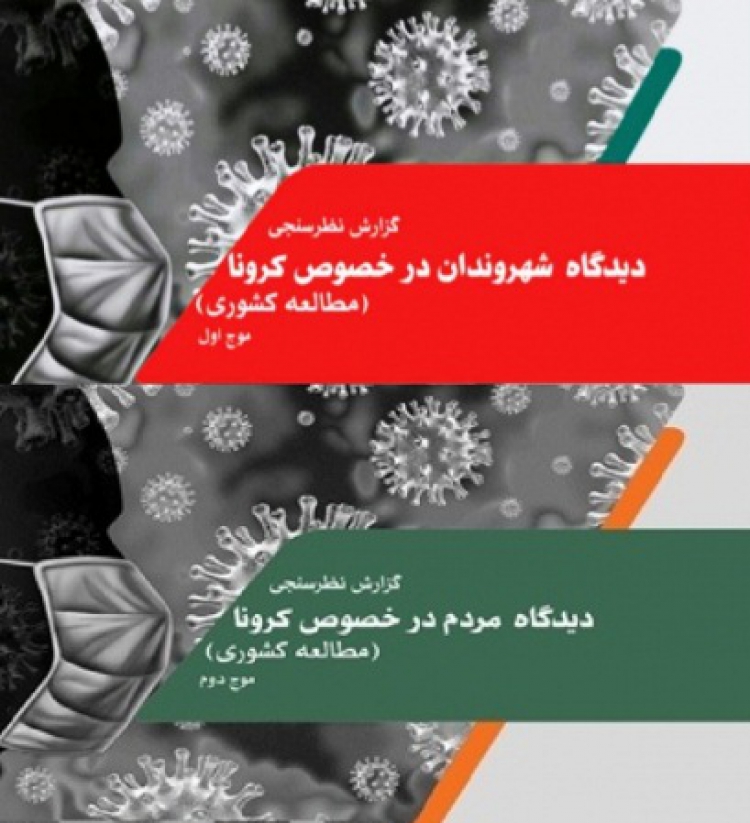Covid-19 and the Lives of Iranians

The polling group of the Iranian Culture, Art and Communication Research Center measured the cultural, social, and psychological dimensions of the outbreak of Covid-19 virus through conducting surveys during its two waves, first, in April 2020, and then, in June of the same year. This was a phone survey conducted on a sample population of 2,112 in urban and rural areas.
The findings of the second-wave survey of Iranian Culture, Art and Communication Research Center on Covid-19 pandemic indicated that, four months after the outbreak in Iran, half of urban dwellers were still worried that a member of their family or themselves contract the virus, while concerns have fallen by 10 percent since April.
Concern of Urban Population about Contracting Covid-19 by Themselves or a Member of their Family
Moreover, as Covid-19 continues to take lives, the two main concerns of the Iranian people (whether urban or rural) include fear of contracting the virus and fear of losing income. Having difficulty in paying mortgage, obsessive disorder, losing their jobs, depression, delay in paying house/shop rent, and domestic disputes are among other concerns of the Iranian people during Covid-19 pandemic.
Problems of the Iranian Society during Covid-19 Pandemic, June 2009
The results of the April 2020 survey suggested that most Iranians believed the pandemic would last three months at most. However, three months later in June, nearly half believed that the crisis would last more than a year.







